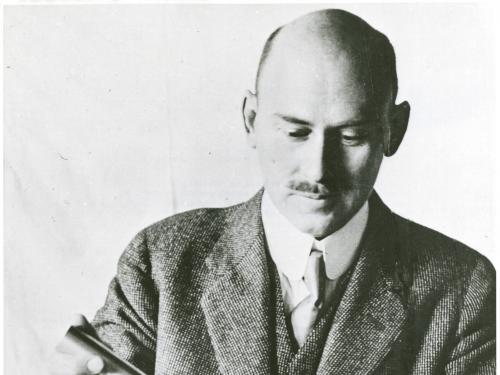Goddard Hoopskirt Rocket
American rocket pioneer Dr. Robert H. Goddard launched the Hoopskirt rocket on December 26, 1928, near Worcester, Massachusetts. It was so-named because it resembled a hoopskirt, a ladies’ fashion of the late 19th century. Goddard made no effort to build the rocket as a streamlined vehicle. He only wanted to test the operation of his rocket motor and make the vehicle as light as possible.
Goddard attempted to launch it on 18 July 1928, but the rocket jammed in the launch tower. Finally on 26 December 1928, on the fourth try, the Hoopskirt cleared the tower and flew for 3.2 seconds, covering a distance of 204.5 feet (62 m). It was Goddard's third liquid-fuel rocket flight. His first was on 16 March 1926. The rocket was donated to the Smithsonian by Mrs. Robert H. Goddard in 1959 and is a reconstruction, as the flimsy structure was smashed by the flight.
This object is on display in Boeing Milestones of Flight Hall at the National Air and Space Museum in Washington, DC.
For more information, visit the Smithsonians Terms of Use.


